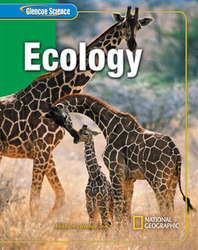1.
A) the ozone layer B) global warming C) geothermal energy D) the greenhouse effect 2.
A) all answers are correct B) pesticides and fertilizers into streams C) air pollutants out of the sky D) oil and grease off roads and parking lots 3.
A) nuclear energy B) solar energy C) fossil fuel energy D) geothermal energy 4.
A) Radioactive wastes are produced. B) Smog and acid rain are produced. C) Geysers or volcanoes must be available. D) Yhousands of acres of land are flooded. 5.
A) oxygen B) compost C) plastics D) sewage 6.
A) reduce, reduce, and reduce again B) reduce, reuse, and recycle C) resources, rain, and renewable D) restore rural regions 7.
A) water pollution B) groundwater C) rain water D) surface water 8.
A) chemical pesticides B) oxygen C) carbon dioxide D) food 9.
A) a greenhouse gas B) an acid C) a pollutant D) a mineral 10.
A) soil pollution B) solid wastes C) acid rain D) erosion 11.
A) greenhouse effect B) radon C) smog D) acid precipitation 12.
A) water B) aluminum C) paper D) energy 13.
A) wind B) nuclear power C) wood D) oil 14.
A) strip cropping B) no-till farming C) contour plowing D) cutting down a forest 15.
A) food scraps B) algae blooms C) smog D) oil spills 16.
A) loss of plant nutrients from the soil B) algae blooms C) global warming D) increase in UV radiation reaching Earth's surface 17.
A) water pollution B) acid rain C) ozone depletion D) global warming 18.
A) Solar B) Fossil fuel C) Nuclear D) Geothermal 19.
A) driving alone in a car B) staying home C) riding a bike D) walking 20.
A) the wind B) coal C) nuclear power D) the Sun





